Introduction
Stinky tofu, or chòu dòufu in Mandarin, is a iconic Chinese street food renowned for its polarizing aroma and addictive flavor. Despite its reputation as one of the world’s most pungent dishes, this fermented tofu delicacy has captivated taste buds for centuries. Its unique taste—a harmonious blend of savory, umami, and subtle sweetness—has earned it a dedicated following across Asia and beyond. While store-bought versions are convenient, homemade stinky tofu offers unparalleled freshness and customization. This article delves into the intricate process of making stinky tofu from scratch, exploring the science behind its fermentation, the selection of ingredients, and the techniques to achieve that coveted balance of stink and savor. Whether you’re a culinary adventurer or a seasoned home cook, this guide will equip you with the knowledge to recreate this legendary dish in your own kitchen.
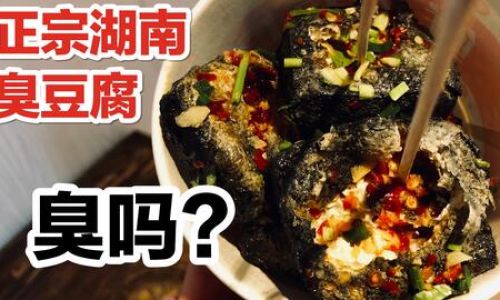
Understanding the Basics of Stinky Tofu
Stinky tofu’s defining characteristic is its fermentation process, which involves marinating tofu in a brine infused with microorganisms, spices, and aromatic vegetables. The fermentation generates volatile compounds like indole and skatole, responsible for its intense odor, while breaking down proteins into amino acids that enhance umami. Traditionally, this process relied on natural airborne bacteria and fungi, but modern recipes often use starter cultures or fermented ingredients like shrimp paste to control consistency.
The dish’s origins trace back to China’s Qing Dynasty, where it emerged as a byproduct of thriftiness—a way to preserve tofu for extended periods. Over time, it evolved into a beloved snack, with regional variations emerging in Taiwan, Hong Kong, and Southeast Asia. Today, stinky tofu is enjoyed in myriad forms: deep-fried, steamed, braised, or grilled, each preparation highlighting its complex flavor profile.
Ingredients and Equipment
Crafting stinky tofu requires patience and precision, but the ingredient list is refreshingly simple. Here’s what you’ll need:
- Tofu: Opt for firm or extra-firm tofu, as softer varieties may disintegrate during fermentation.
- Fermentation Brine:
- 4 cups water
- 1 cup Chinese fermented bean curd (fǔrù, preferably red or white variety)
- ½ cup Chinese rice wine (mijiu) or dry sherry
- 3 tablespoons coarse sea salt
- 2 tablespoons sugar
- 1 tablespoon Sichuan peppercorns
- 1 star anise pod
- 1 cinnamon stick
- 4 garlic cloves, smashed
- 1-inch piece ginger, sliced
- 2 dried chili peppers (optional)
- Additional Tools:
- A large glass or ceramic container with a lid (avoid metal, which can react with the brine)
- Cheesecloth or a clean kitchen towel
- A deep fryer or heavy-bottomed pot for frying
- Tongs and a slotted spoon
Step 1: Preparing the Tofu
Begin by slicing the tofu into 1.5-inch cubes. For optimal fermentation, ensure the cubes are uniform in size. Place them on a baking sheet lined with paper towels and let them drain for 30 minutes to remove excess moisture. This step prevents the tofu from becoming waterlogged during marination.
Step 2: Creating the Fermentation Brine
The brine is the soul of stinky tofu, imparting depth and complexity. In a large pot, combine the water, fermented bean curd, rice wine, salt, sugar, Sichuan peppercorns, star anise, cinnamon, garlic, ginger, and chili peppers (if using). Bring the mixture to a gentle simmer over medium heat, stirring occasionally to dissolve the salt and sugar. Once simmering, reduce the heat to low and cook for 10 minutes to meld the flavors. Remove from heat and let the brine cool to room temperature.
Step 3: Fermenting the Tofu
Transfer the drained tofu cubes into the sterilized glass container. Pour the cooled brine over the tofu, ensuring the cubes are fully submerged. If necessary, weigh them down with a small plate or a resealable plastic bag filled with water to prevent floating. Cover the container with cheesecloth or a kitchen towel and secure it with a rubber band. This allows airflow while keeping contaminants out.
The Fermentation Process: A Dance of Time and Temperature
Fermentation duration and temperature are critical to achieving the desired stink and texture. Place the container in a cool, dark spot—ideally between 60–70°F (15–21°C). At this range, fermentation proceeds gradually, developing nuanced flavors. Warmer environments accelerate the process but may yield a harsher aroma.
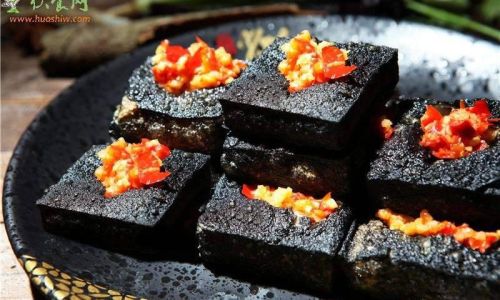
Day 1–3: The brine begins to infuse the tofu, with subtle salty and spicy notes emerging.
Day 4–7: Bacterial activity intensifies, releasing gaseous byproducts and creating the signature pungency.
Day 8–14: The tofu transforms, becoming tender yet firm, with a creamy interior.
Taste a small piece after seven days to gauge progress. For a milder flavor, halt fermentation at 10 days; for full-bodied stink, extend to two weeks.
Step 4: Post-Fermentation Preparation
Once fermented, remove the tofu from the brine (which can be reused for subsequent batches). Rinse the cubes gently under cold water to reduce excess saltiness, then pat them dry with paper towels. At this stage, the tofu can be refrigerated in an airtight container for up to a week or frozen for three months.
Cooking Methods: From Crispy to Creamy
Stinky tofu’s versatility shines in its cooking methods. Here are three popular techniques:
Deep-Frying (Classic Crispy Style)
- Heat vegetable oil in a deep fryer or heavy pot to 350°F (175°C).
- Gently lower the tofu cubes into the oil, frying in batches to avoid overcrowding.
- Fry for 4–5 minutes until golden and crisp. The exterior should shatter with a satisfying crunch, while the interior remains custard-like.
- Drain on paper towels and serve immediately.
Steaming (Mellow and Tender)
- Place fermented tofu in a heatproof dish.
- Steam over boiling water for 10–12 minutes until heated through.
- Top with minced garlic, cilantro, and a drizzle of chili oil.
Grilling (Smoky Char)
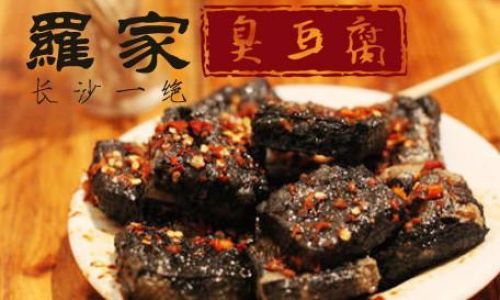
- Brush tofu cubes with oil and grill over medium heat for 3–4 minutes per side.
- Serve with pickled vegetables and a squeeze of lime.
Serving Suggestions and Accompaniments
Stinky tofu’s bold flavor pairs wonderfully with tangy, spicy, and fresh condiments:
- Pickled Mustard Greens: A crunchy, acidic counterpoint to the tofu’s richness.
- Chili Sauce: A blend of fresh chilies, garlic, vinegar, and sugar.
- Soy Sauce Dip: Mix soy sauce, rice vinegar, sesame oil, and a pinch of sugar.
- Fresh Herbs: Cilantro, Thai basil, or mint add a bright finish.
In Taiwan, stinky tofu is often served with sweet pickled radish and a dash of garlic vinegar. In Hong Kong, it’s paired with hoisin sauce and scallions.
Troubleshooting Common Issues
- Mushy Texture: Over-fermentation or insufficient draining. Ensure tofu is dry before brining and monitor fermentation time.
- Bitter Aftertaste: Excessive salt or undercooked brine. Adjust salt levels and simmer the brine longer next time.
- Lack of Aroma: Insufficient fermentation time or cold temperatures. Move the container to a warmer spot.
Safety Notes
Fermentation carries risks if not handled properly. Use sterilized equipment, avoid metal containers, and discard the batch if mold (other than the desired white film) appears.
The Cultural Tapestry of Stinky Tofu
Stinky tofu is more than food—it’s a cultural emblem. In Taiwan’s night markets, vendors fry it to order, the sizzling oil mingling with the pungent aroma to create an unforgettable sensory experience. In China, it’s a beloved street snack, often enjoyed with a cold beer. The dish’s resilience lies in its ability to transcend stigma; even Western celebrities like Anthony Bourdain have praised its “acquired taste” charm.
Conclusion
Making stinky tofu at home is a labor of love, requiring time, attention, and an open mind. The journey from bland tofu cubes to fermented delicacy mirrors culinary alchemy, where patience transforms simplicity into complexity. While the smell may raise eyebrows, one bite reveals the payoff: a symphony of flavors that lingers long after the last morsel. Whether you’re a purist seeking authenticity or a novice eager to experiment, this guide equips you to master the art of stinky tofu. So embrace the stink, savor the process, and join the ranks of those who’ve been seduced by this unlikely culinary treasure.
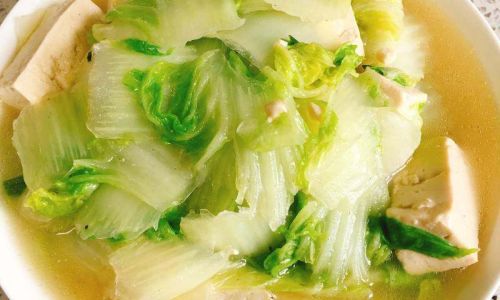

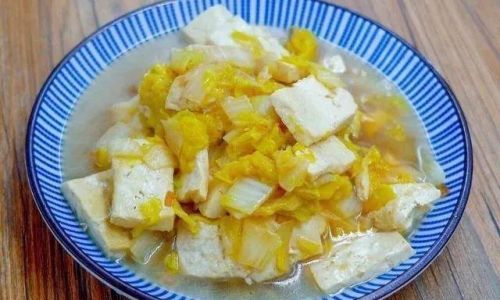
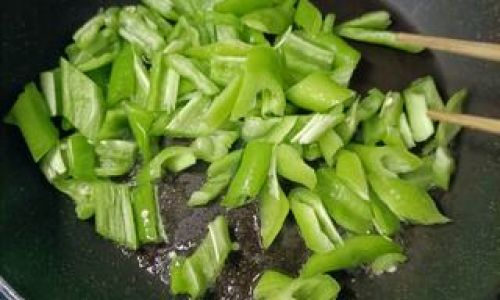
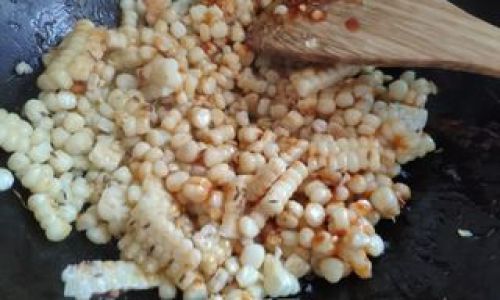
0 comments